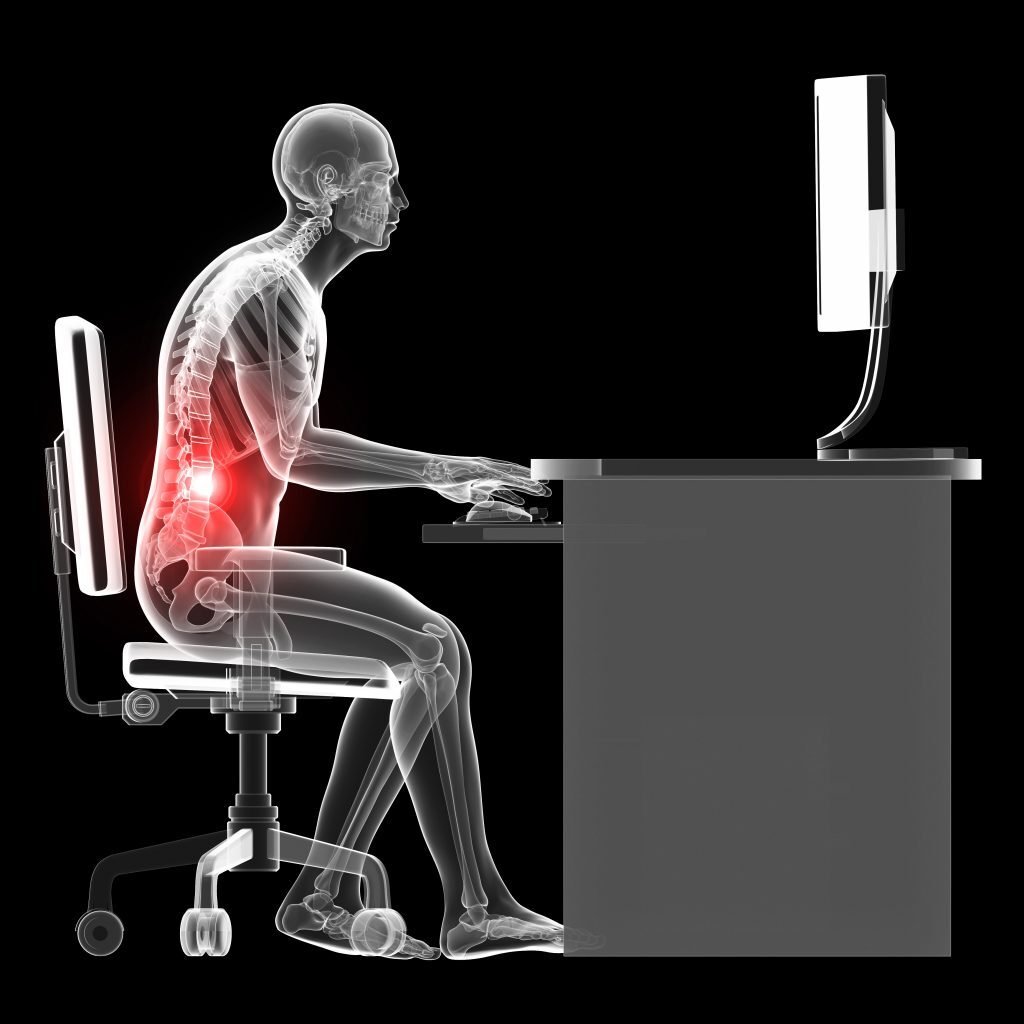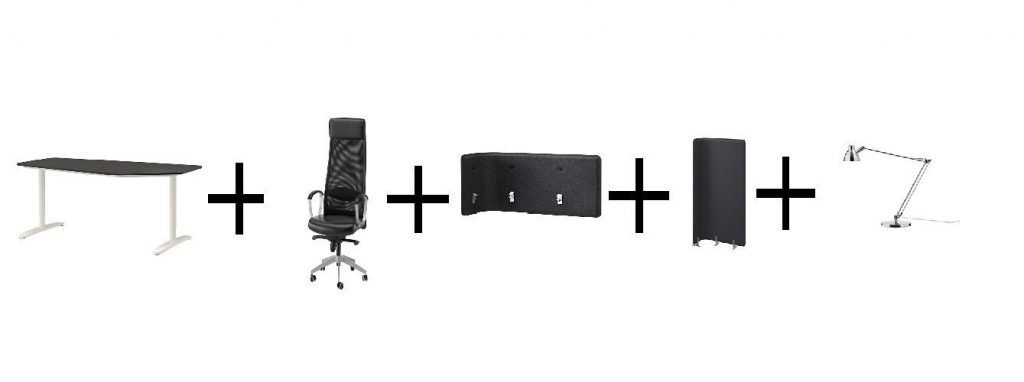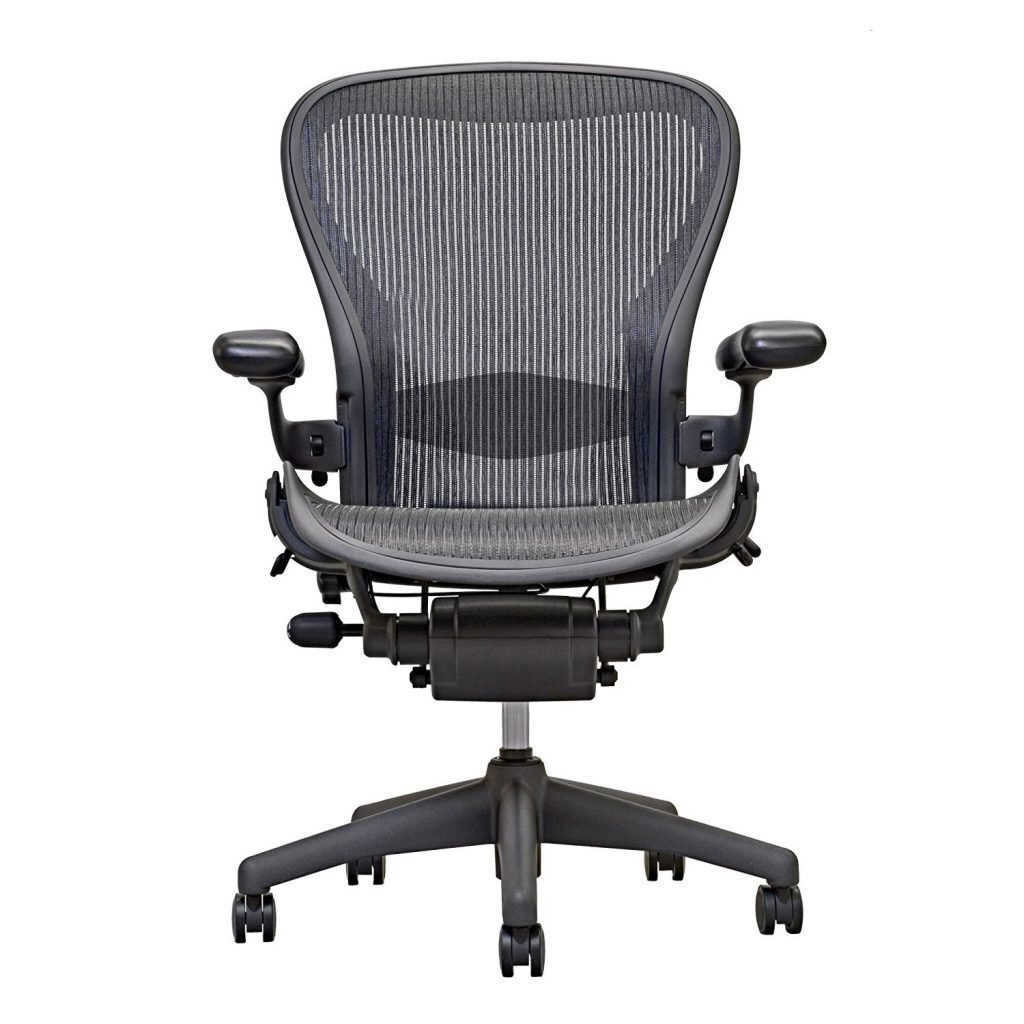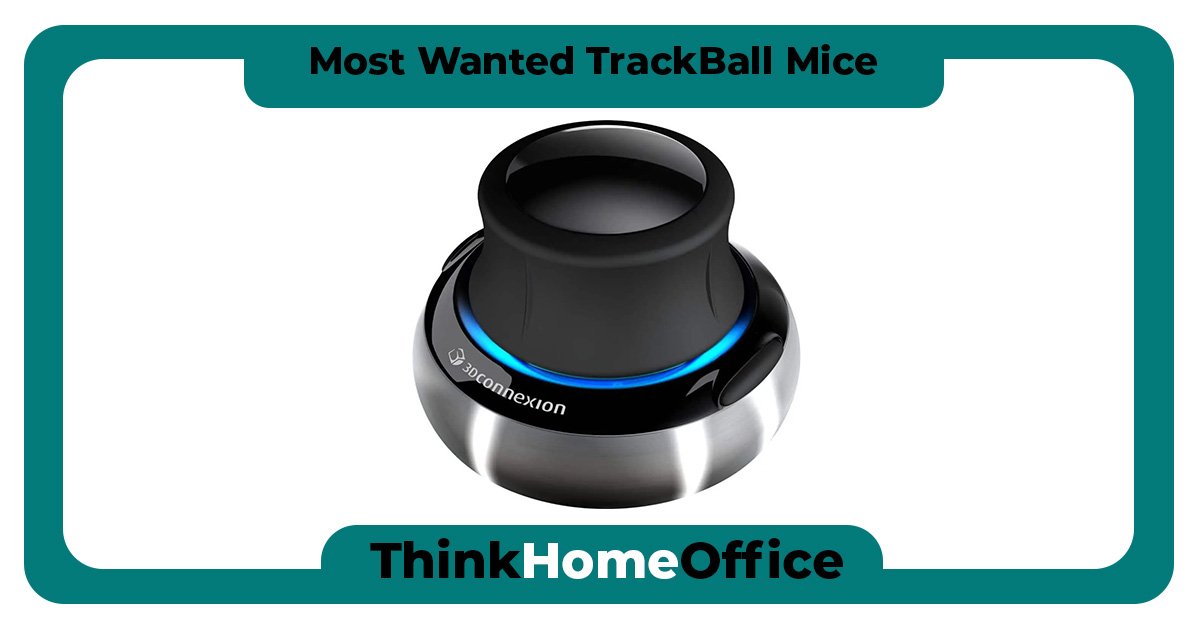You’ve all heard about ergonomic chairs, ergonomic keyboards, ergonomic mice, ergonomic peripherals – the word ergonomic itself has become somewhat a gimmick, to imply that certain tools, or to be more precise, certain office tools (which is where most of the ergonomic-[insert product] market focuses on these days) are to be placed on a whole separate category compared to their counterparts.
However that isn’t always the case. Ergonomics is actually everywhere in our day-to-day life, most of us have just accepted that norm and hidden the word itself. In this article I will explain the misconceptions about ergonomics as well as the history behind it.
What is Ergonomics?
In my previous article I’ve mentioned plenty about it, but in the off chance that my article has not gone viral and reached your eyes, I will re-introduce the definition again.

Ergonomics comes from two Greek words ERGOS (work) and NOMOS (natural law). Loosely translated, it means the rules of work. Essentially, it is the science of integrating efficiency, comfort and safety to create a better workspace – designing the job to fit the worker, rather than forcing the worker to fit the job, which would ruin work efficiency as well as risk overspending for training and insurance covers.
It emphasis the physical relationship between people and tools, ensure the proper use of computer and alleviate injuries – however that’s not the end all be all as most people like to think. Ergonomic principles can be applied to any task that puts your body to work, from doing your household chores to the daily routines of your job, and parts in relation to computers are just extensions.
In the design of work and everyday-life situations, the focus of ergonomics is man, always man. Sure the end purposes might differ, but ergonomics originally stemmed from the knowledge that man – workers, employees, subordinates – were the most important pieces to a work puzzles and must be treasured.
In that way, scientists and researchers developed better understanding of work processes and tools that man use at work to ensure that he could be granted greater efficiency with less health risks – and it gradually spread to our daily life.
5-sided desk from IKEA, one of the leading companies in ergonomic office accessories
Unsafe, unhealthy, uncomfortable or inefficient situations at work or in everyday life are avoided by taking account of the physical and psychological capabilities and limitations of humans.
A large number of factors play a role in ergonomics; these include body posture and movement (sitting, standing, lifting, pulling and pushing), environmental factors (noise, vibration, illumination, climate, chemical substances), information and operation (information gained visually or through other senses, controls, relation between displays and control), as well as work organization (appropriate tasks, interesting jobs).
These factors determine to a large extent safety, health, comfort and efficient performance at work in everyday life.
The War of Mankind That Ignited Human Factors
This might or might not be a piece of fact a lot of ergonomists or ergonomics enthusiasts know about, but ergonomics developed into a recognized field as as part of the aftermath of World War II. Science was obviously the cornerstone of many military developments for many years of the Great War but it was applied in a systemic matter and thus didn’t produce the intended results (winning the battlefields more efficiently).
When people in charge looked on the sheets, they saw the advancements of the army, they saw available updated units with updated equipment, they saw ways to use them as pieces of a chess match, but they didn’t see the real key to winning which lied upon the hands of the ones who handled the technology. Many historians recognized the war as one won by military prowess and the alliance of countries rather than one won by efficient usage of what was available to the military itself.
World War II marked the development of new and complex machines and weaponry, and these made new demands on operators’ cognition. In the US, ergonomics – aka human factors engineering – became a real concern during the war for improving the performance and safety of military systems such as aircraft, naval ships, and large-scale weapons.
Based on work conducted by early researchers, designers began to recognize the importance of reflecting the characteristics of the operator in the equipment they designed. The complexity of devices manufactured for the war effort, from radar to antiaircraft systems, meant that it became necessary to achieve a better understanding of the human factor since omission could lead to significant losses of personnel and equipment.
It was in sectors where the problem was put most clearly in these terms that its application would grow the fastest.
The decision-making, attention, situational awareness and hand-eye coordination of the machine’s operator became key in the success or failure of a task. It was observed that fully functional aircraft, flown by the best-trained pilots, still crashed.
In 1943, Alphonse Chapanis, a lieutenant in the U.S. Army, showed that this so-called “pilot error” could be greatly reduced when more logical and differentiable controls replaced confusing designs in airplane cockpits.
Herman Miller’s Aeron Chair, a product in the sitting-too-much era
In the decades since the war, ergonomics has continued to flourish and diversify. The Space Age created new human factors issues such as weightlessness and extreme g-forces.
How far could environments in space be tolerated, and what effects would they have on the mind and body? The dawn of the Information Age has resulted in the new ergonomics field of human-computer interaction (HCI).
Likewise, the growing demand for and competition among consumer goods and electronics has resulted in more companies including human factors in product design.






